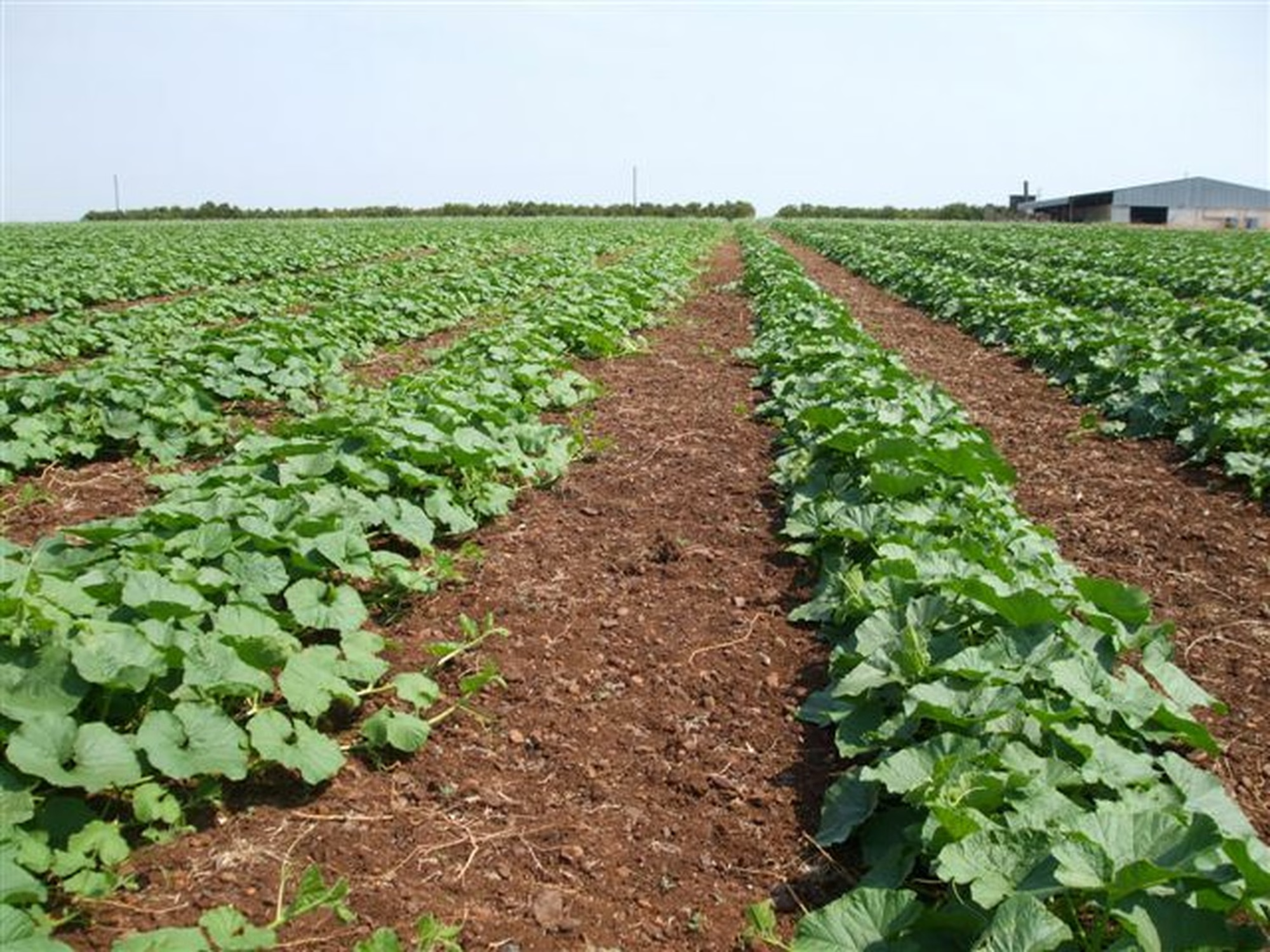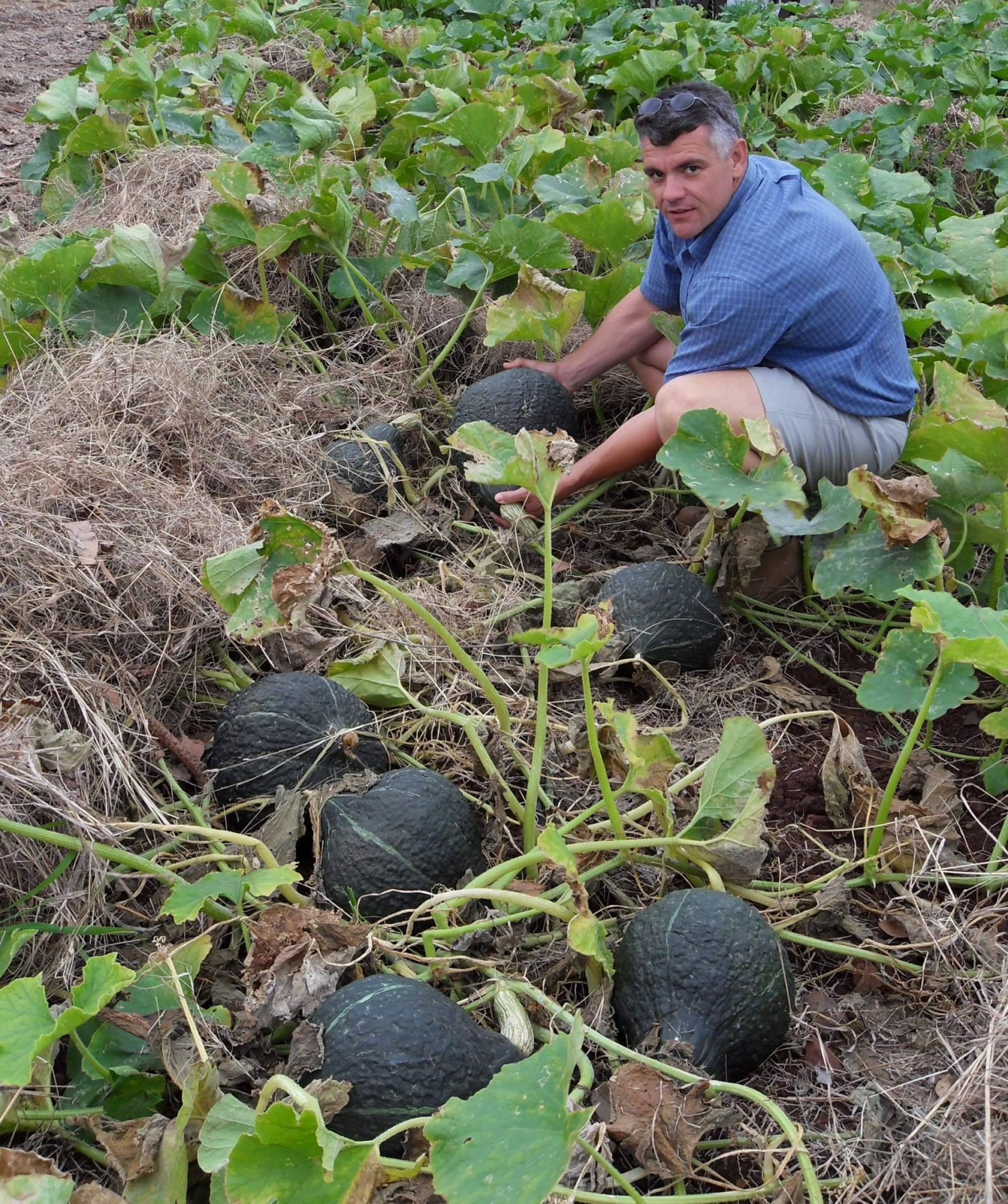STAR 7053 has delivered consistently good results for the past 10 years in both summer and winter production areas, being some two to three weeks quicker to maturity than the standard open pollinated variety CHICAGO WARTED. It also produces higher yields of more uniformly shaped and sized fruit. The fruits of both varieties are similar in appearance, though STAR 7053 fruit tends to be smoother. This makes packing easier and results in less damage due to rubbing of fruit in the bags.
Plants of STAR 7053 show a restricted vine type of growth, meaning that access between rows for operations like weed control and spraying is easier. The plants will eventually cover the entire area, providing protection from sun damage on developing and mature fruit. Plants will start to produce vines earlier under hotter conditions.
The faster maturity of STAR 7053 means that fertiliser applications may have to be adjusted to achieve best results. Nitrogen top dressings should be applied earlier than with the longer growing vine types, as this is what gives plants size before flowering begins. Too much nitrogen at a late stage will encourage vegetative growth at the expense of flowering. This will lead to luxuriant leaf growth and very few fruit. As a general rule, the total nitrogen requirement should be given by 30 days after sowing, although light top dressings later than this can be beneficial under some circumstances.
A yield of 800bags/Ha is regarded as a good average for Hubbards. STAR 7053 has produced more than 1 200 bags/Ha, with up to three marketable fruit produced on some plants. Any grower planning a crop of Hubbard squash would be well advised to include STAR 7053 in such a programme.

